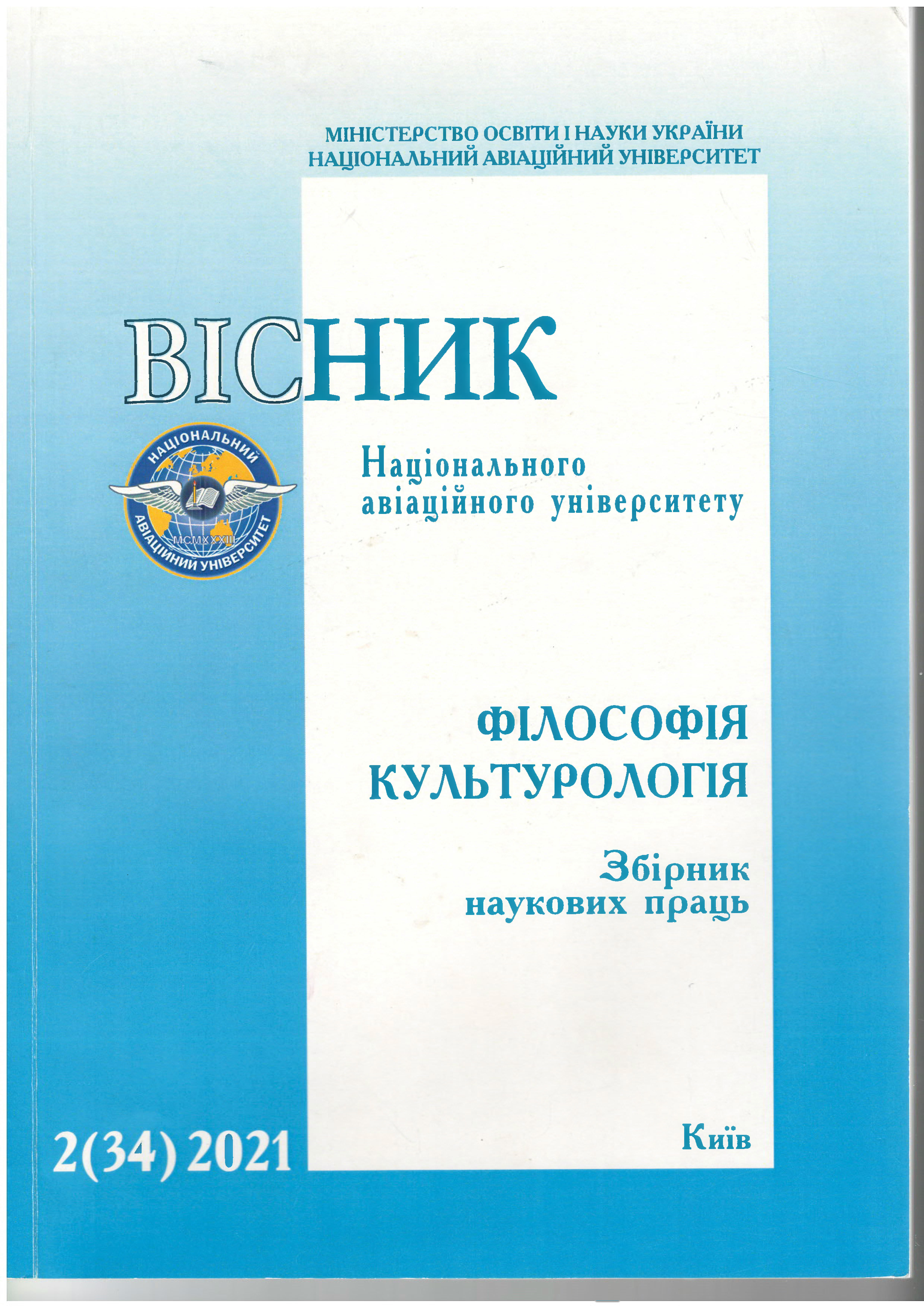ПАПА ФРАНЦИСК У КАЇРІ. АНАЛІЗ БРЕНДУ ПОНТИФІКА В МЕРЕЖІ INSTAGRAM
DOI:
https://doi.org/10.18372/2412-2157.34.16342Ключові слова:
Релігійна влада, Папа Франциск, особистий бренд, соціальні мережі, InstagramАнотація
Instagram вже давно є однією з найпопулярніших соціальних мереж із понад 1,14 мільярда користувачів у
всьому світі. Сьогодні багато релігійних лідерів використовують цей додаток і залучають мільйони підписників.
Папа Франциск є одним із найвидатніших релігійних діячів нашого часу. У статті на основі публікацій під час візиту
до Каїру досліджено, як він використовує Instagram для створення особистого бренду та як це пов’язано з його
авторитетом. Мобільні пристрої та програми, які працюють за тим самим принципом, що й Instagram, відкривають
шлях для нової аудиторії та нових взаємодій між релігійними лідерами та їхньою аудиторією. Тому у цій статті
також запропоновано нові ідеї щодо вивчення відносин між релігійними лідерами та владою в епоху ЗМІ.
Посилання
Codone, Susan. 2014. "Megachurch Pastor Twitter Activity :
An Analysis of Rick Warren and Andy Stanley, Two of America'
Social Pastors Macon, GA". Journal of Religion, Media and Digital
Culture, 3(2): 1-32. http://jrmdc.com/papers-archive/volume-3-issue-2-
august-2014/.
Einstein, Mara. 2008. Brands of Faith: Marketing Religion in a
Commercial Age. New York: Routledge.
Farouk Mahfouz, Heba. 2017. "Coptic Christians Describe Bus
Attack in Egypt: 'Even the Little Children Were Targets". The
Washington Post. https://www.washingtonpost.com/news/ worldviews/
wp/2017/06/01/coptic-christians-describe-busattack-in-egypt-eventhe-
little-children-weretargets/?utm_term=.88d4e1 d056d1.
Guzek, Damian. 2015. "Discovering the Digital Authority
Twitter as Reporting Tool for Papal Activities". Online Heidelberg
Journal for Religions - on the Internet 9: 63-80. doi:
1002/ejoc.201200111.
Hoover, Stewart. 2016. "Religious Authority in the Media Age".
In The Media and Religious Authority. University Park, Pennsylvania:
Penn State University Press.
Horsfield, Peter. 2016. "The Media and Religious Authority
from Ancient to Modern". In The Media and Religious Authority,
edited by Stewart Hoover. University Park, Pennsylvania: Penn State
University Press.
Lubov, Deborah Castellano. 2017. "Pope to Al Azhar: 'Violence
Is Negation of Every Authentic Religious Expression". Zenit.
https://zenit.org/articles/pope-to-al-azharviolence-is-negation-ofevery-
authentic-religious-expression/.
World News. 2017. "Peace Alone Is Holy: Pope Francis
Denounces Violence during Egypt Visit". April 29.
http://www.hindustantimes.com/world-news/peacealone-is-holy-popefrancis-
denounces-violence-during-egypt-visit/story2iNPjGX
k9s3BQjmgtlQaRI.html.
Vatican News. 2018. "Pope to WCC: ongoing ecumenism of
blood urges us to go forward". June 21. https://www.vaticannews.va/
en/pope/news/2018-06/pope-francis-geveva-wcc.html
Witte, Marleen De, Martijn De Koning, and Thijl Sunier.
"Aesthetics of Religious Authority : Introduction". Culture
and Religion 16(2):1-8. doi: 10.1080/14755610.2015.1058524.


